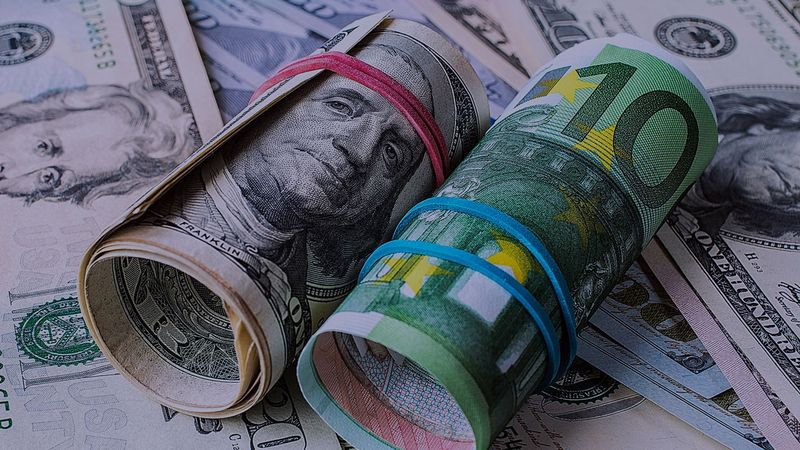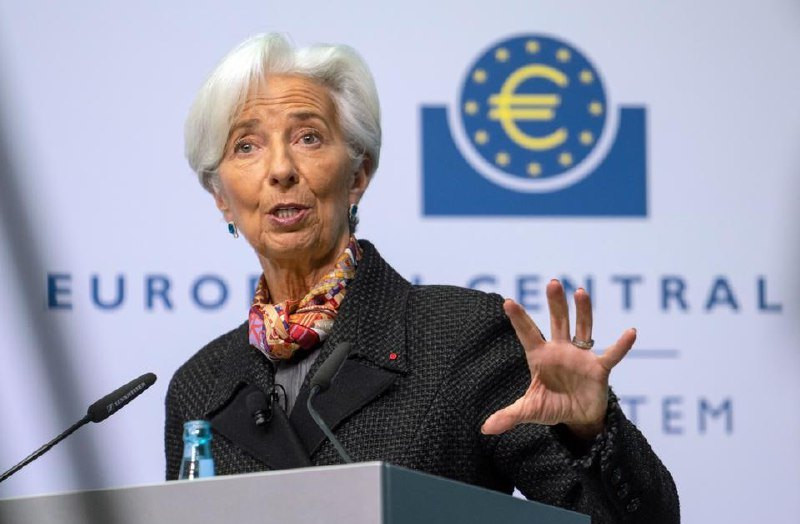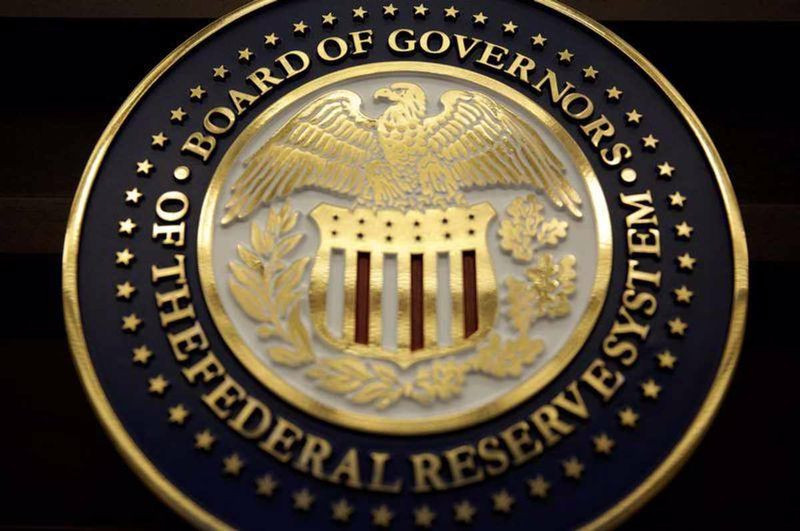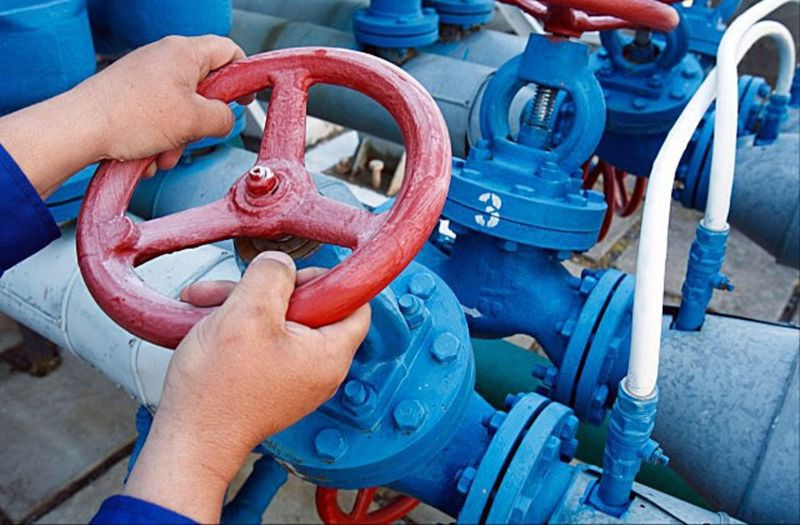
Following the results of the last five days, the main currency pair grew by 0.7%, having managed to complete the first of the last four weeks in the black.
The European Central Bank is still falling behind many of its peers, especially the Federal Reserve, in terms of raising interest rates. The eurozone bears the brunt of the protracted Russian-Ukrainian conflict, as well as Western sanctions against Moscow. At the same time, a recession in the region seems imminent.
Although the fundamental picture has not changed dramatically, the EUR/USD pair managed to find the "bottom" in the area of multi-year lows and set a course for recovery.
This was largely facilitated by the greenback's retreat from peak levels since June 2002.
Last Monday, the single currency fell below $0.99 for the first time in almost 20 years, as the stoppage of Russian gas supplies via a key pipeline to Europe increased the risks of rising energy prices and the likelihood of a slowdown in the regional economy.
Concerns in this regard intensified after S&P Global reported that the composite purchasing managers' index in the eurozone fell to 48.9 points in August, which was the lowest value of the indicator over the past 18 months.
A separate report from Sentix reflected that the indicator of investor confidence in the eurozone economy in September fell to -31.8 points, reaching the lowest level since May 2020.
The euro continued to suffer losses against its US counterpart on Tuesday.
The data published on this day showed that the ISM purchasing managers' index for the non-manufacturing sector of the United States rose to 56.9 points in August, strengthening market participants in the opinion that the Fed will continue to aggressively tighten policy.
Playing back these expectations, the greenback updated its twenty-year highs on Wednesday, rising above 110.70 points and pushing the EUR/USD pair to levels not seen since September 2002.
However, then the US currency began to lose strength, as the attention of the markets switched to the ECB's next meeting.
Although the central bank failed to provide significant support to the EUR/USD pair, its hawkish signals knocked the bears off the rhythm.

The ECB will continue to raise key interest rates at the next few meetings, ECB President Christine Lagarde said at a press conference on Thursday.
According to her, the pace of rate hikes will be determined from meeting to meeting, depending on the incoming statistical data.
At the same time, an increase in the cost of borrowing in the eurozone by 75 basis points was mainly expected.
In addition, on Thursday, traders evaluated the comments of Fed Chairman Jerome Powell.
Mostly Powell repeated the statements he made during a recent symposium in Jackson Hole. He stressed the Fed's absolute commitment to returning inflation to the 2% target.
The absence of new tough signals from Powell contributed to a decrease in demand for a protective dollar, which allowed the EUR/USD bulls to breathe a sigh of relief.
The greenback declined sharply on Friday, faced with profit-taking after a long rally.
As a result, the USD index ended the past five days 1.6% below the multi-year highs recorded earlier, while the EUR/USD pair bounced almost 170 points from recent lows.
Apparently, investors felt that the Fed is no longer the only hawk in the city, and now the ECB will actively raise the rate to combat inflation.
A positive moment for the single currency was also the decline in prices for blue fuel in the eurozone after EU energy ministers failed to agree on the introduction of a ceiling on prices for Russian gas. This has raised hopes that the energy crisis in Europe will not be as severe as expected.
The dollar continued to correct at the beginning of the new week, and the euro received additional support from a number of reports over the weekend from ECB officials, who generally adhered to the line that a further rate hike would be necessary to reduce inflation.
ECB policy makers see growing risks that they will have to raise the key interest rate to 2% or more to curb record inflation in the eurozone, Reuters reports.
According to the Financial Times, the ECB at the upcoming meetings will discuss ways to reduce the 5 trillion euro bond portfolio accumulated under various quantitative easing programs.
The probability of lower US inflation data on Tuesday also pushes investors away from the safe-haven dollar, Rabobank analysts say.
The weakening of the greenback and the craving for risk strengthened the EUR/USD pair on Monday.
Optimism in global markets is promoted by expectations of a slowdown in annual inflation in the United States by the end of August to 8.1% from 8.5% a month earlier. Investors hope that in such a scenario, the Fed will be less aggressive in its monetary decision.

"The CPI data on Tuesday may affect whether the FOMC will raise the rate by 75 or 50 bps on September 21, but the bar for them to matter is quite high. It will probably take a big miss on the core consumer price index to knock the Fed off course, and even that is not guaranteed," Scotiabank strategists said.
Last week, Fed officials downplayed the importance of any individual data and stressed their determination to continue raising rates until there is a steady decline in inflation, which is at 40-year highs.
"I believe that the political decision at our next meeting will be unambiguous. Right now there is no compromise between the Fed's employment and inflation goals, so we will continue to aggressively fight inflation," Christopher Waller, a member of the Fed's Board of Governors, said on Friday.
"Inflation is widespread, driven by high demand, which has just started to decline, the continuing lag in labor force participation and supply chain problems, which may be improving in some areas, but are still significant," he said.
"Fed officials have clearly articulated the need for the central bank to continue raising interest rates until there is convincing evidence that inflation is declining," analysts at Commonwealth Bank of Australia said.
"Regardless of the results of the consumer price index report, we believe that the FOMC has much more work to do, which means more dollar growth in the short and medium term," they added.
On Monday, the defensive greenback remained in the background and reached three-week lows in the area below 108.
If bears start to push harder, the levels of 107.60 (weekly low of August 26) and 107.25 (55-day moving average) may come into play.
Despite the continued weakness of the USD, according to experts, there is no guarantee that this trend will continue, as the dollar gains an advantage due to continuing fears for the fate of the global economy.
The short-term bullish view on the US currency remains in force as long as it is trading above the seven-month support line around 106.10.
It is assumed that USD will maintain a constructive attitude on the long-term horizon as long as it is above the 200-day moving average at 101.40.
Former US Treasury Secretary Lawrence Summers believes that the dollar has room for further strengthening, since the United States has a huge advantage in that it does not depend on extremely expensive foreign energy carriers.
On the contrary, the energy crisis still carries uncertainty and poses a risk for the euro.

Today, Europe pays for natural gas many times more than usual, and this puts a powerful pressure on the single currency, and also puts the region's economy on the brink of recession.
The search for alternative energy sources is likely to take a long time – renewable energy and natural gas liquefaction projects may have an impact only in 2024.
Thus, investors clearly underestimate at the moment the severity of the energy crisis that the eurozone will face.
Expectations regarding further rate hikes by the ECB continue to support the euro.
To bring the real rate to zero, the central bank needs to raise it to at least 4-5%.
However, even such a rate hike may not be enough to effectively combat inflation.
Last week, Lagarde admitted that an increase in energy prices made a significant contribution to inflation and the central bank cannot reduce them with the help of monetary policy.
The ECB has taken advantage of the still strong economy and record low unemployment to act now. But in the conditions of an actual recession and rising unemployment, the ECB's steadfastness may be shaken.
"Representatives of the ECB adhere to a hawkish course. Having taken a lesson from the Fed, the eurozone central bank is trying to stick to its position, and so far the markets like it. Despite these comments, we believe that nothing has fundamentally changed. We believe that the ECB's baseline forecast of the absence of a recession is too optimistic, and that the economic downturn will ultimately not allow the central bank to raise rates so actively," Brown Brothers Harriman strategists said.
The initial resistance for the EUR/USD pair is 1.0160 (the Fibonacci correction level is 61.8%). If the pair manages to settle above this level, the bulls can test 1.0200, and then target 1.0240 and 1.0280.
If the pair falls below 1.0160, the bears can activate and push it to 1.0100 (200-day moving average), and then to 1.0070 and 0.9990.





















